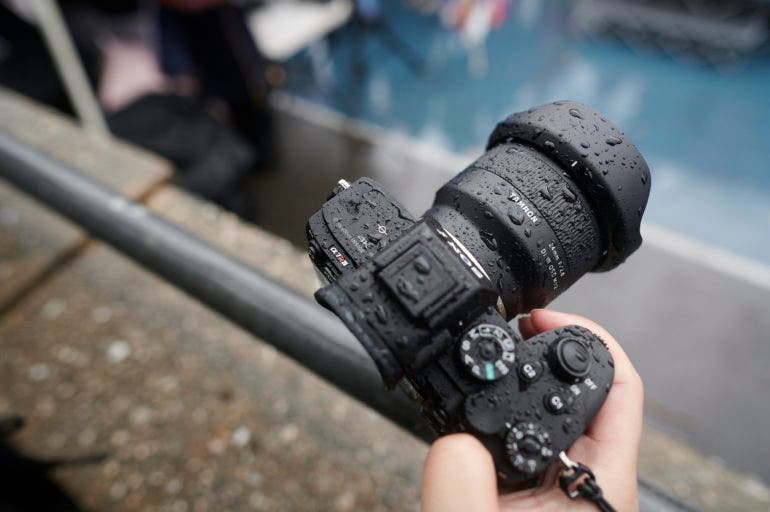The Photo Industry Needs Transparency on Its Weather Sealing
Weather-sealing and durability are incredibly important to each and every camera user these days; otherwise, we’d just use a phone.
“It can probably survive a rain shower, but we’re not going to say that,” is a common phrase we hear. Some cameras are weather sealed. Some don’t have weather sealing, but they can survive being frozen. And then there are lenses that only have weather sealing at the mount. Why? We’ve done some pretty torturous things to cameras and lenses in the past. I think that camera manufacturers need to start coming clean about the durability of their products. Weather sealing is so incredibly important these days.

The problem here is that almost none of them like to say how durable their products are. Instead, they like to be a bit more conservative. And that’s not a bad thing. It can prevent a customer from possibly being stupid with their brand new camera. But every camera and lens these days needs an IP rating. I find it insane that we’d tell someone to go spend a few hundred bucks on a camera that they can’t take into the rain. Do you really mean to tell me that you’ll say off-the-record that the camera will survive? But when it gets damaged from a rain shower, then it violates my warranty? How do camera manufacturers do this?
And if that’s the case, why would I spend a few hundred bucks on a camera? If anything, I’d be turned off from buying another one again. Some brands like to say the worst moisture and dust-resistant. But they’re never clear on how durable that is. So we as reviewers always find ways to try to test the durability.

Camera manufacturers here don’t need to innovate per se. They just need to catch up! Action cameras and phones, which are far more popular, have durability ratings. Like, actual durability ratings that mean sometimes. And I understand that cameras and lenses have moving parts. But maybe they should all become more durable.
This is why we’re so incredibly happy with what Olympus, Panasonic, and Leica say about IP ratings. We know personally that Canon, Nikon, and Fujifilm gear is very durable. But why not put an IP rating to your name? Show us how proud you are of the product you’re creating! Sony cameras and lenses are still the outliers for the most part. But that’s probably going to change in the next few years.
Here’s my overall thought process:
- You weather seal the camera
- Raise the price a bit
- Weather seal the lenses
- Raise the price a bit
- Support your third party manufacturers
- More people will want to buy them and realize that they’ll last longer
- They’ll genuinely get into photography and keep shooting
- They’ll keep using the camera instead of their phone
- They’ll continue to be customers in the long run.
- Maybe they’ll end up buying the higher-end products.
Here’s the thing: camera and lens reps can’t keep saying that their products will survive abuse without the backing of their companies. No matter how little or much truth there is to the statement, the variance is too much. Leica tells us that the M cameras and lenses were designed to be pretty weather sealed. But there are no rubber gaskets or anything else to protect from the elements. However, the L mount series of cameras and lenses is a different story. The same goes for their Q series cameras.